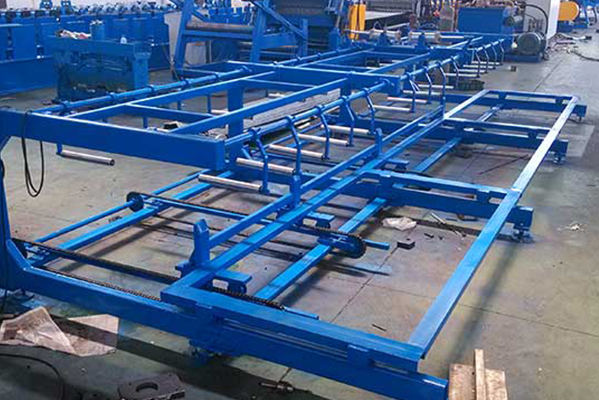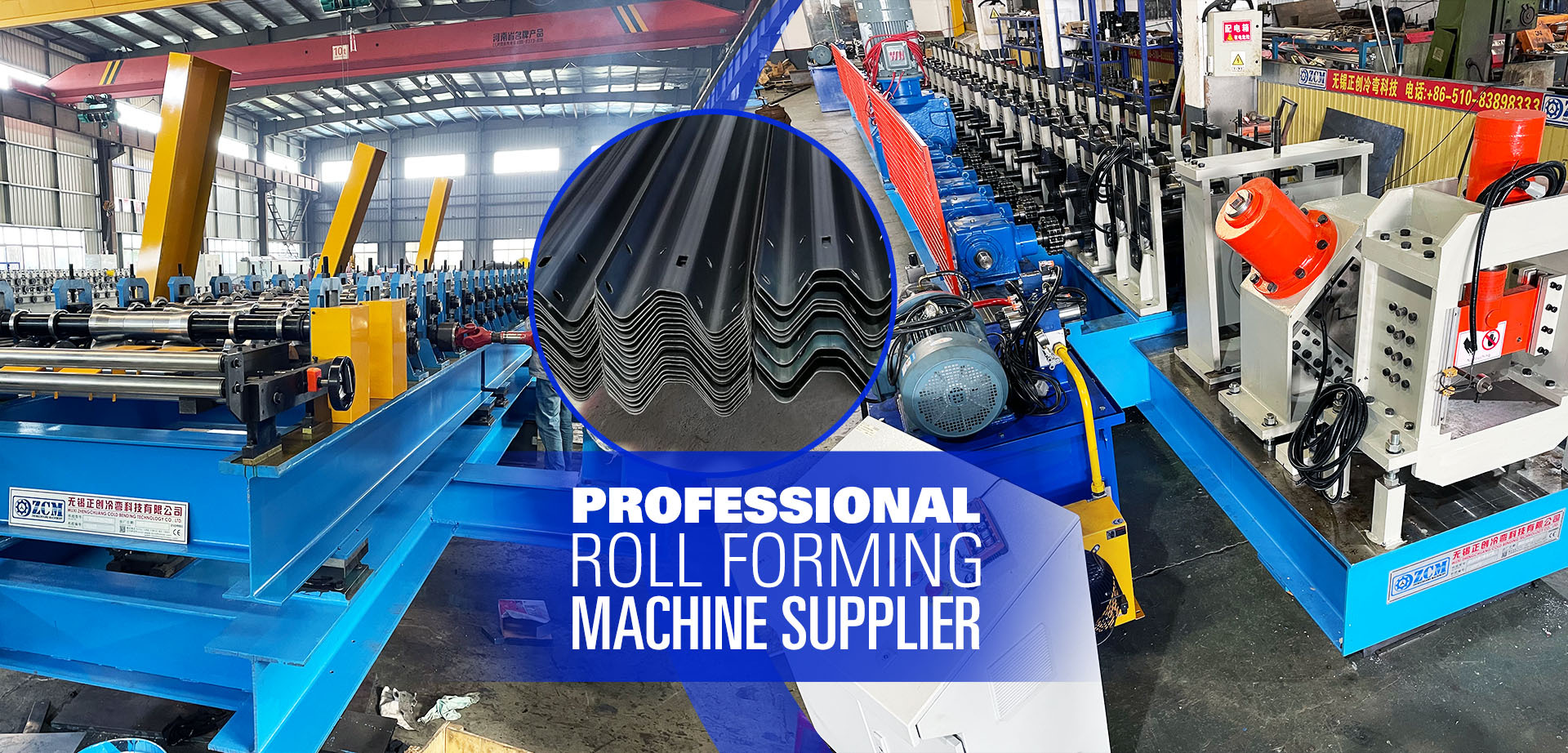Navigation Menu
Contact Us
- Email:
- info@wxavatar.com
- Address:
- Yurong Village, Yuqi Street, Huishan District, Wuxi, China.
Release Date:Jul 29, 2025 Visit:0 Source:Roll Forming Machine Factory
The global steel silo industry has experienced significant technological advancements in recent years, with roll forming technology standing out as a key area of innovation. As international trade continues to expand, export markets appear to be playing an increasingly important role in shaping the direction of these technological developments. This article examines how export market demands influence the evolution of steel silo roll forming technology and what this means for manufacturers worldwide.

The Growing Importance of Export Markets in Steel Silo Manufacturing
Export markets have become vital for steel silo manufacturers looking to expand their business operations. Many countries with growing agricultural and industrial sectors require advanced storage solutions but lack domestic production capabilities. This creates opportunities for manufacturers with sophisticated roll forming technologies to fill this demand.
The need to meet diverse international standards and specifications has pushed manufacturers to develop more adaptable roll forming systems. These systems must accommodate different material thicknesses, panel widths, and connection methods preferred in various regional markets.
Technological Adaptations for International Markets
Manufacturers serving export markets have made several notable adaptations to their roll forming technologies:
Modular Design Capabilities: Systems that can quickly adjust to produce different silo diameters and heights without extensive retooling
Material Efficiency Improvements: Enhanced precision in roll forming to minimize material waste, addressing cost concerns in price-sensitive markets
Corrosion Resistance Enhancements: Technologies that allow for specialized coatings and treatments to suit different climatic conditions
Transport-Optimized Components: Designs that facilitate easier shipping and on-site assembly in remote locations
Quality Standards and Certification Requirements
Meeting international quality certifications has become a significant driver of technological improvement. Export-oriented manufacturers must ensure their roll forming processes can consistently produce components that meet:
ISO standards for manufacturing quality
Regional building codes and safety regulations
Industry-specific storage requirements for different commodities
This has led to investments in more sophisticated quality control systems integrated with roll forming lines, including automated measurement and inspection technologies.
The Role of Competitive Pressure in Export Markets
Competition in international markets encourages continuous technological advancement. Manufacturers competing for export contracts often differentiate themselves through:
Faster production speeds without compromising quality
Greater design flexibility to meet custom requirements
Improved jointing systems for easier field assembly
Enhanced durability features for longer service life
This competitive environment accelerates the pace of innovation in roll forming technology as companies seek to gain market share abroad.
Future Outlook for Export-Driven Technology Development
As global demand for steel silos continues to grow, particularly in developing economies, export markets will likely remain a primary driver of technological evolution in roll forming. Areas expected to see further development include:
Increased automation in the roll forming process
Advanced computer-controlled adjustment systems
Integration with digital design and ordering systems
Improved energy efficiency in manufacturing processes
Manufacturers who successfully align their technological development with export market needs will be well-positioned for long-term growth in the international steel silo industry.

Conclusion
Export markets have undeniably become a significant force in the evolution of steel silo roll forming technology. The need to meet diverse international requirements, compete effectively in global markets, and satisfy various quality standards has pushed manufacturers to develop more advanced, flexible, and efficient roll forming solutions. As this trend continues, we can expect further technological innovations that will benefit both manufacturers and end-users worldwide.